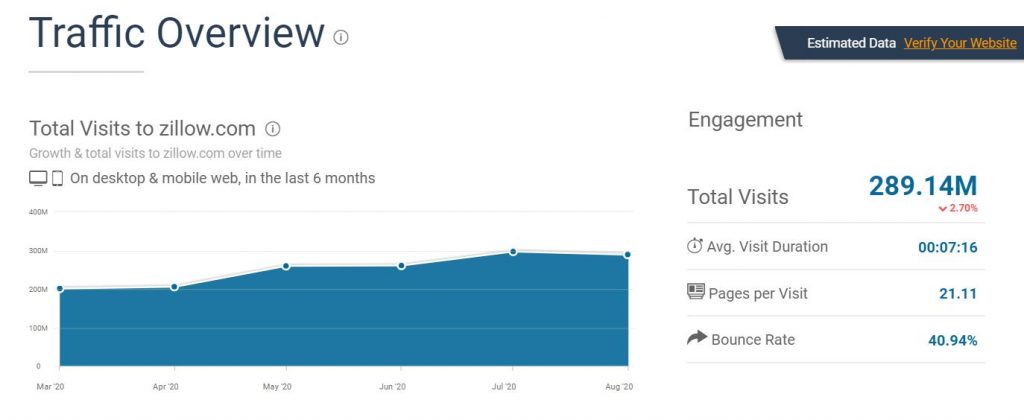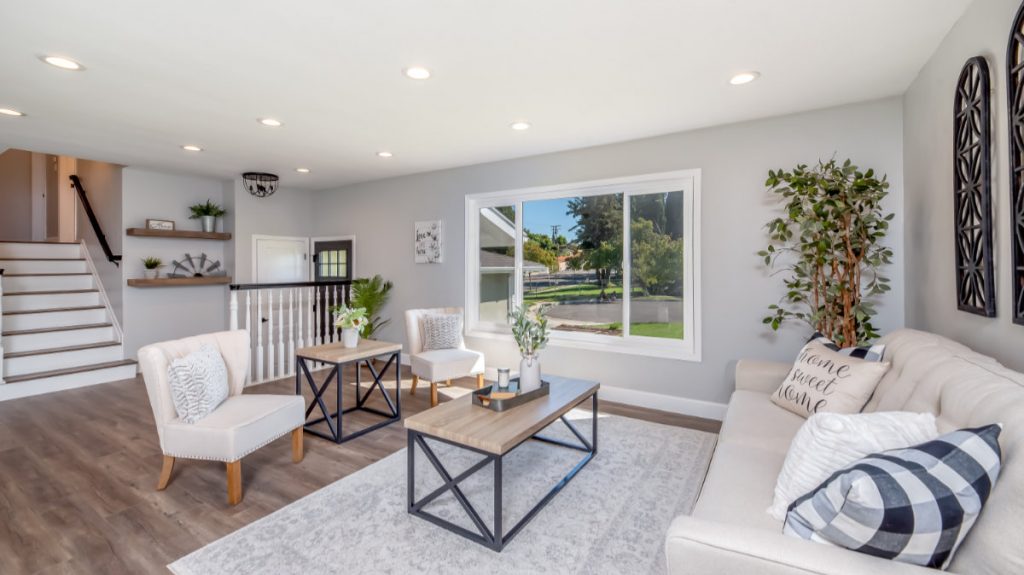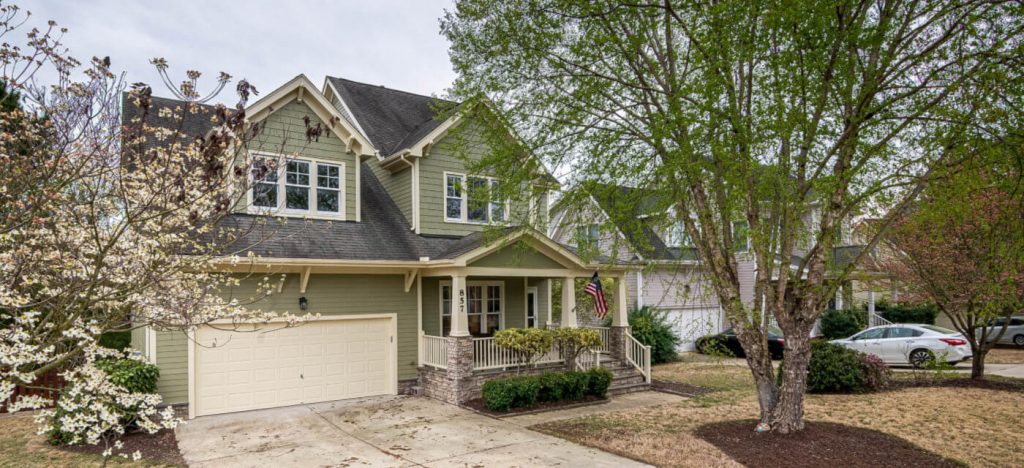Quick Overview
The speed at which you flip a house has a big impact on how much money you end up making in the deal. Simply put, the shorter it takes, the more money you are likely to make, provided you complete high quality renovations. As a very broad rule of thumb you could say:
- 3-6 Months – Highly experienced house flippers
- 6-12 Months – Reasonably experienced house flippers
- 12-18 Months – Inexperienced home flippers
Whichever way you look at it, the timelines involved in house flipping are very attractive to investors (even for inexperienced flippers). Where more traditional investment vehicles like stocks, bonds and mutual funds can take 5-20 years to mature, it is realistic to complete a house flip in 12 months or less.
Ideal House Flipping Timeline
The whole house flipping process can be neatly laid out in a few bullet points. Obviously there are challenges associated with each step, but for a high level summary of how long it should take, this is a good guideline.
Stage 1 – Find a house to flip and buy it : 1 – 2 Months
Stage 2 – Renovate the house: 2 – 6 Months
Stage 3 – Market the house: 1 – 3 Months
Stage 4 – Sell the house: 1 – 2 Months
Total = 5 – 12 Months
Explanation of Each Key Stage
Stage 1 - Find A House To Flip And Buy It: 1 -2 Months
The goal of this phase is to identify and acquire a suitable property to flip. In reality, the research phase (where you set out to find the perfect house to flip) could take you longer than one month. As a house flipping investor, it make sense to search for:
- Old properties with lots potential
- Distressed homes (where the owner has to sell because they can no longer afford the repayments)
- Foreclosures
Once the house has been identified, your primary challenge will be funding the purchase. Most property investors will fund the purchase in one of two ways.
Purchase Method 1: Using a traditional home loan from a bank
The main advantages of this method is that you are likely to receive the lowest interest rate and the longest possible repayment period. This reduces your monthly cashflow challenges and removes the high-pressure timelines involved in hard money loans.
However, the challenge with a traditional home loan is that the banks might not agree to fund the purchase. This is mainly because house flipping involves significantly more risk than a home residence purchase. In addition, working with a bank can be a slow and drawn-out process. The issue in this case is that a competing property investor could snap up the house while you are still making arrangements with the bank.
If you choose to go this route, you should setup communications with your bank of choice well in advance. Ideally, you should start a pre-approval process with your loan provider. This can greatly accelerate the purchase when you are ready to pull the trigger.
Purchase Method 2: Using a hard money loan
A large percentage of house flippers end up using a hard money loan. Unlike banks which tend to be slow and tedious, private money lenders will be eager to get you the capital needed to purchase the flip.
There are just a few things to be aware of if you choose to use a hard money loan
- The interest rates are higher than a traditional home loan
- The loan terms (length of loan) usually ranges from 12-24 months
- You are required to pay the full loan amount back when the loan expires
The reason hard money lenders are more willing to lend real estate investors money is because the underlying asset (in this case the house that you are flipping) can be used as collateral to pay back the debt if things take a turn for the worse. In essence, hard money lenders make it easy for a house flipper to get the funds they need to pull the trigger on a deal.
Stage 2 - Renovate the house: 2 - 6 Months
The underlying goal of the renovation process is to increase the after repair value (ARV) of the property. The profitability of a home flipping deal depends on your ability to execute renovations that are proven to have a tangible impact on the value of the house.
During the renovation stage, it can be incredibly help to focus on:
- Remodeling the kitchen
- Upgrade the bathrooms
- Create open plan living areas
- Add smart storage areas
- Improve the lighting, across the property
- Fix up the flooring
- Paint the interior and exterior of the house
When flipping homes, each of the renovations outlined above can increase the ARV of the property and the return on investment you can expect when selling the home.
Stage 3: Market The House
If renovations are considered to be the most important element in a fix and flip, marketing the property could be categorized as the second most important element when flipping a house. The reason for this elevated status is simple. If you fail to attract a potential buyer, the entire project could collapse. Marketing the property efficiently is the key to avoiding this fate. Here are some tips for generating hot leads.
Use a top-rated real estate agent:
Even though a good real estate will charge a commission for generating the sale, they can be extremely helpful to flippers that need to make the sale quickly. By taking on a real estate agent, you quickly gain access to their network and their marketing expertise. If you have any uncertainties about your ability to market a house, take the the pressure off your shoulders and simply enlist the help of a realtor.
List the property on popular real estate websites:
Before we discuss this suggestion further, take a look at this snapshot which shows just how much traffic Zillow receives in a typical month.

It doesn’t matter how good your internet marketing or social media skills are. There is simply no way for a small business or individual to compete with behemoths like Zillow or Trulia.
Fortunately, you don’t have to compete with these sites. Instead, you simply need to leverage all the existing traffic that they attract naturally. There might be some administrative hurdles involved, but getting your house listed on a popular real estate website is arguably the best thing you can do to sell your house quickly. These sites are literally packed with potential buyers.
Make Sure You Stage The House:
If you want to sell your house quickly, staging the house is arguably the most effective way to accelerate the sales process. According to professional house stage Betsy Wilbur “a staged home will sell for 17% more on average than a non-staged home, and 95% of staged homes sell in 11 days or less. That is statistically 87% faster than non-staged homes.“

Stage 4: Sell The House
The price of the house should be in line with comparable properties in the area. If it’s too high, it might take you too long to find a buyer. Conversely, if the home seems too cheap, potential buyers might think that there is something wrong with the property. The key is to set a price that is in line with the expected market value. This is the price that the market is willing to pay at any given time.
Work closely with the buyer:
At this point in the deal, you should have a good working relationship with the buyer. Ultimately, you simply need maintain and open line of communication, and assist with any administrative burdens that can get in the way of the sale.
Settle All Seller Costs:
As the seller, you will be responsible for:
- Real Estate Agent Fees
- Any outstanding property taxes
- All gas and utilities prior to the sale
- Mortgage repayments
To avoid any complications during the sale, it is advisable to settle all outstanding seller costs, and work with your bank or hard money lender to conclude the mortgage as soon as possible after the deal is done.
Final Thoughts
In the end, 12 months is a perfectly reasonable target to set for a house flip. If you are able to complete the project in less time, you will generate more profit when the house is sold.
Conversely if it looks like the project is going to take longer than expected, you will still have time to course correct if needed. Provided you work with a reliable contractor and use all the marketing techniques available to you, one year is a reasonable and responsible goal for a house flipping investor to set, but if you are more ambitious, 6-9 months is achievable if you are experienced and extremely organized.

